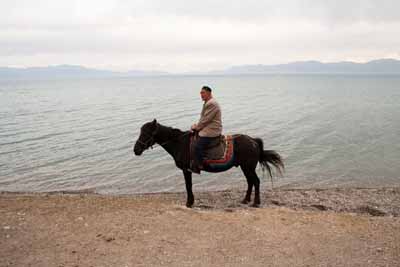Mongolia | Chingis Rides West | Bukhara | Fall of the Citadel
A few days after his Appearance In The Friday Mosque , Chingis visited another mosque outside the city walls. From the pulpit of this mosque he ordered that all the city’s wealthiest people be brought before him. Two hundred and eighty people were produced, 190 from the city itself and ninety merchants from other cities who happened to be in Bukhara at the time. He then harangued these assembled worthies: O People know that you have committed great sins, and the great ones among you have committed these sins. If you ask me what proof I have for these words, I say it is because I am the punishment of God. If you had not committed great sins, God would not have sent a punishment like me upon you. This is probably the source of the “I am the Scourge of God” declaration attributed to Chingis Khan which pops up in so many later accounts of the Mongol invasion of Mawarannahr. But did Chingis actually make this speech? Other contemporary sources, al-Athir for example, make no menti...




